
QSFP 40G SR BD vs.100G SR BiDi: Which One Is Right for You?
Making educated selections about network infrastructure components is critical. The role of optics in maintaining continuous data transmission and connection is critical. We shall examine two optical modules in depth in this article: the QSFP 40G SR BD and the 100G SR BiDi. These optical modules have gained popularity in recent years due to their exceptional performance and efficacy. We will analyze their features, applications, and important differences to help you make the best option for your network.
Understanding QSFP and SR Optics
QSFP (Quad Small Form-Factor Pluggable)
QSFP, which stands for Quad Small Form-Factor Pluggable, is a small, hot-pluggable transceiver used in data transfer. Because of its tiny form size and high port density on networking equipment, it is a popular choice for contemporary data centers. QSFP modules are adaptable and available in a variety of configurations, including 40G, 100G, and more.
Overview of SR Optics (Short-Range Optics)
Short-Range (SR) optics are intended for data transmission over small distances, such as within a data center or business network. These optics are designed for low latency and high data rates, making them perfect for applications requiring fast and reliable data transfer. Because SR optics are compatible with multimode fiber (MMF) cable, they are cost-effective for short-distance connections.
The Significance of Bandwidth and Data Rates in Networking
Network bandwidth and data rates are at the forefront of networking issues in today’s data-driven society. Higher data rates are in great demand as enterprises manage rising amounts of data. When selecting optical modules, bandwidth and data rate capabilities are critical since they define a network’s capacity to handle data-intensive applications while maintaining low latency.
QSFP 40G SR BD in Detail
What is QSFP 40G SR BD?
The QSFP 40G SR BD (Short-Range Bidirectional) optical module is a specialized transceiver that uses bidirectional optics to offer 40 gigabits per second (Gbps) of data transfer. Unlike standard optics, which employ separate fibers for data transmission and reception, SR BD uses a single fiber strand for both directions. This novel solution provides benefits in terms of cable management and cost reductions.

Technical specification of QSFP 40G SR BD

100G SR BiDi in Detail
What is 100G SR BiDi?
The 100G SR BiDi (Short-Range Bidirectional) optical module, like the QSFP SR BD, is designed to offer 100 gigabits per second (Gbps) of data transfer utilizing bidirectional optics. It does, however, have much greater bandwidth, making it suited for even more demanding applications.

QSFP-100G-SR1.2 BiDi


Cisco BiDi interoperability options
Key Distinguishing Factors between QSFP 40G SR BD and 100G SR BiDi
Data Rate: The most noticeable difference between the two optical modules is their data speed. The QSFP SR BD has a data rate of 40 Gbps, but the 100G SR BiDi has a far greater data rate of 100 Gbps. Because of the difference in data rates, the later can handle a larger volume of data at any given time, making it suited for bandwidth-intensive applications that require quick data transmission.
Cost: Cost factors frequently are crucial in the decision-making process. In general, QSFP 40G SR BD modules are less expensive than their SR BiDi equivalents. The 40G module’s lower data rate contributes to the price difference. As a result, businesses on a limited budget can find QSFP 40G SR BD modules to be a wise investment.
Fibre Compatibility: Both modules are intended for use with multimode optical fibers, which are popular in data centers. There is, however, little variation in fiber compatibility. QSFP 40G SR BD is compatible with OM3 and OM4 multimode fibers, however, SR BiDi requires OM4 multimode fiber owing to greater bandwidth requirements. When choosing the right module for your network, fibre type compatibility is critical.
Know more about some efficient QSFP transceivers.
Performance: The selection of these modules should be in accordance with the particular performance needs of your network. The 40G SR BD module is appropriate for situations where the major focus is not on achieving high bandwidth due to its lower data rate.
In contrast, the SR BiDi variant is specifically engineered to cater to bandwidth-intensive applications that need enhanced data throughput capabilities. This technology demonstrates exceptional performance in situations when the swift transfer of data is of utmost importance, particularly in data center settings that include intensive workloads.
Future-Proofing: Future-proofing is an important issue in network infrastructure decisions. If the data rate requirements of your network rise over time, QSFP 40G SR BD may require future upgrades.
In comparison, the other one offers a greater data rate, possibly meeting future data demands without the need for urgent module replacement. This scalability may be a significant benefit for firms preparing for future expansion and technological improvements.
Heat Dissipation: Heat created by optical modules might have an influence on a data center’s overall working conditions. Because of their lower data rate, QSFP SR BD modules emit less heat than SR BiDi modules. When evaluating heat dissipation characteristics, keep your data center’s cooling infrastructure and power efficiency goals in mind.
Factors to Consider When Choosing Between QSFP 40G SR BD and 100G SR BiDi
Data Rate and Bandwidth Needs: One of the most important variables to consider is the data rate and bandwidth needs of your network. QSFP 40G SR BD has a data throughput of 40 Gbps, making it appropriate for networks with modest bandwidth requirements. SR BiDi, on the other hand, provides a robust 100 Gbps, making it excellent for bandwidth-intensive applications.
Examine your present and future data rate requirements carefully. If your network performs data-intensive jobs or anticipates significant development, SR BiDi may be a better option.
Cost Considerations: Frequently, budget constraints play a crucial role in network infrastructure decision-making. Due to their reduced data rate, 40G SR BD modules are typically more economical.
If you have limited financial resources, the 40G option may be the more cost-effective option. However, it is essential to reconcile cost with the performance requirements and scalability of your network over time.
Compatibility and Fiber Infrastructure: Evaluate the compatibility of your existing fiber infrastructure and networking equipment. QSFP 40G SR BD is compatible with both OM3 and OM4 multimode fibers, whereas 100G BiDi requires OM4 multimode fiber owing to its greater bandwidth requirements.
Ensure that your chosen module is compatible with your switches, routers, and servers as well as your existing fiber infrastructure. Compatibility issues may result in deployment difficulties and increased expenses.
Scalability and Future-Proofing: Consider your network’s future data rate requirements and growth potential. While 40G SR BD may suit your present needs, it may require future upgrades if your network experiences considerable growth or if increased data rate demands are anticipated in the near future.
100G SR BiDi, on the other hand, provides a greater data throughput, as well as scalability and possible futureproofing. Choosing an optical module that can allow future growth can save money and deployment time in the long run.
Application-Specific Requirements: Assess the specific applications and operations supported by your network. QSFP 40G SR BD is appropriate for use in situations where bandwidth is not the primary concern. It may be a viable option for interconnecting switches within a data center rack or row.
100G SR BiDi, on the other hand, excels at bandwidth-intensive applications that require rapid data transmission, such as connecting high-performance servers or performing data-intensive duties. Adapt your selection to the specific needs of your network’s applications.
How to Make the Right Choice?
Choosing between QSFP 40G SR BD and 100G SR BiDi optical modules is a crucial decision that requires a thorough understanding of your network’s current and future requirements.
It requires a careful balancing of factors such as data rate requirements, budgetary constraints, infrastructure compatibility, scalability objectives, and network application requirements.
By evaluating these factors and their effect on your network’s performance and growth potential, you can confidently choose the optical module that best correlates with your organization’s objectives, thereby ensuring a dependable and efficient network infrastructure.
Know more about some of the top-rated transceivers in the data transmission domain.
Conclusion
In conclusion, consider your network’s current data rate requirements, budget limits, and compatibility with existing infrastructure while deciding between QSFP 40G SR BD and 100G SR BiDi optical modules.
The 100G SR BiDi module is well-suited for bandwidth-intensive applications if your network demands increased bandwidth, scalability, and is equipped with the requisite infrastructure. If your network requires cost-effectiveness and modest data speeds, the QSFP 40G SR BD module may be a more cost-effective option for short-distance connections within data centers or corporations.
The selection ultimately comes down to matching the optical module to your individual network requirements and growth goals.
FAQ's
The key distinction is in data rate, with QSFP 40G SR BD delivering 40 Gbps and 100G SR BiDi offering 100 Gbps.
Consider 100G SR BiDi if you have high bandwidth requirements; for modest bandwidth requirements, QSFP 40G SR BD may be sufficient
Yes, because of the increased data rate, 100G SR BiDi modules are often more costly.
To enable the greater bandwidth of 100G SR BiDi, OM4 multimode fiber is required.
Check that your networking equipment supports the QSFP interface, which is used by both modules.
Because of its increased data throughput, 100G SR BiDi is superior for future scalability.
Yes, for networks with low bandwidth requirements, QSFP 40G SR BD may be more cost-effective.
In areas with limited cooling capacity, low heat generation is critical; QSFP 40G SR BD creates less heat.
100G SR BiDi is excellent for high-bandwidth applications like connecting high-performance servers and managing large-scale data processing.
To strike the correct balance in your decision-making process, evaluate your budget with your network's present and future performance requirements.
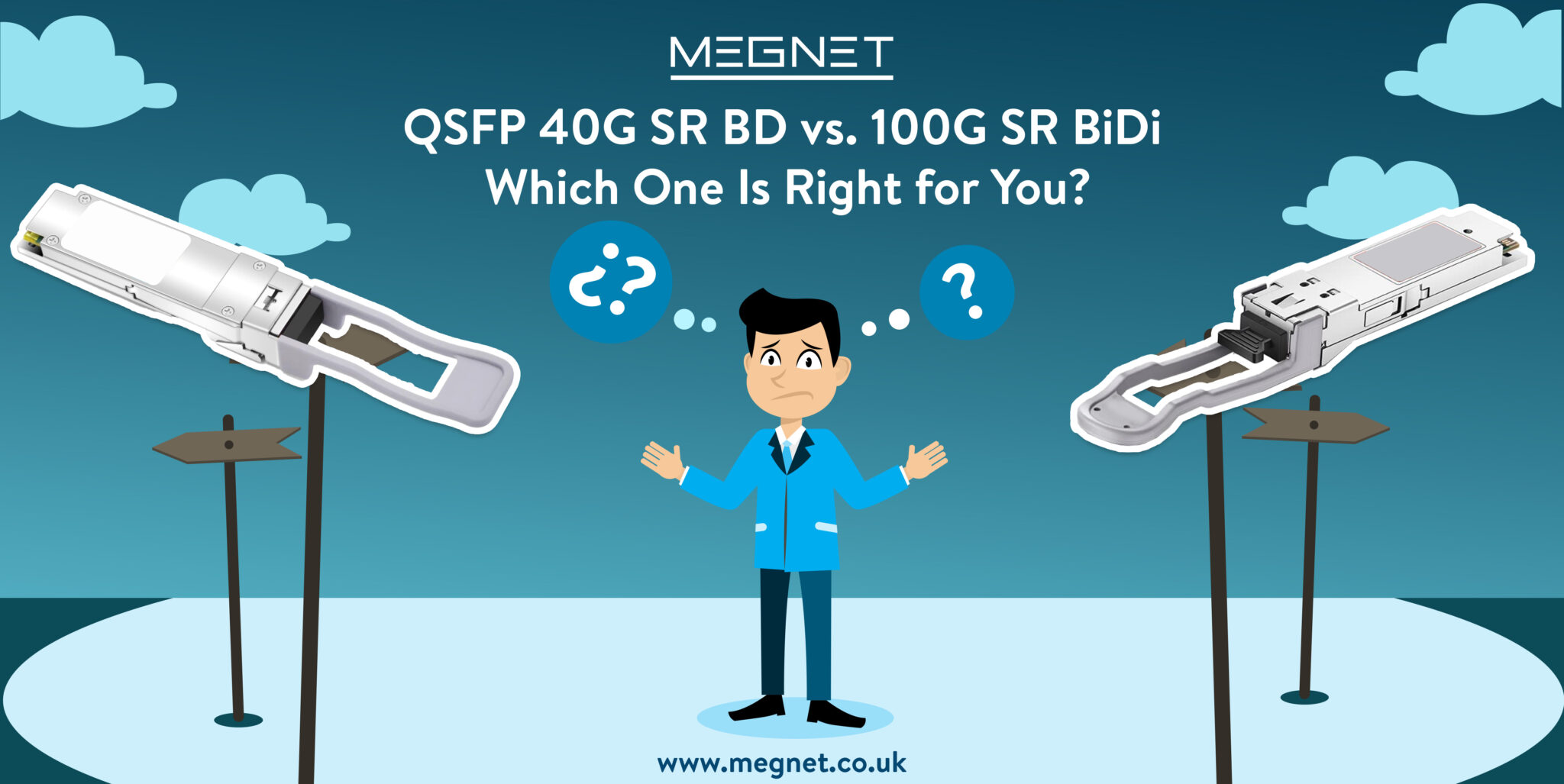

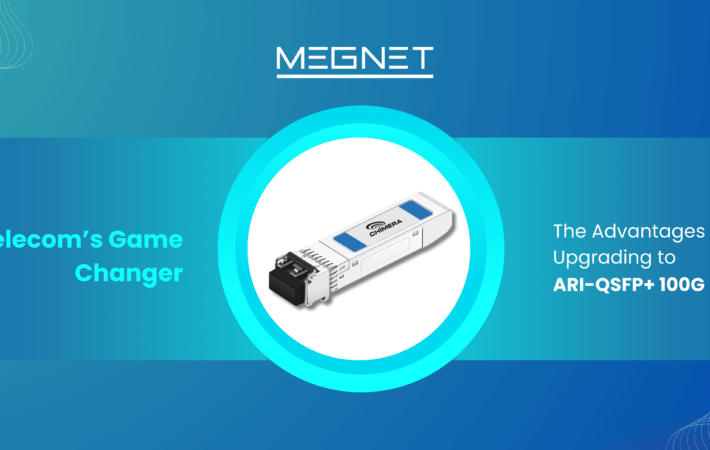

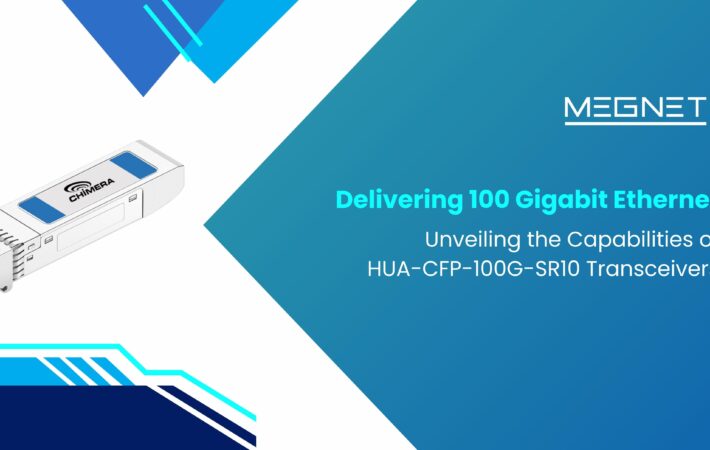
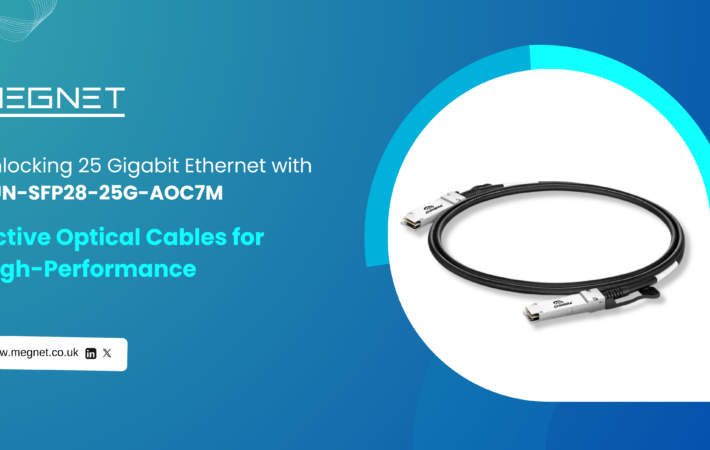
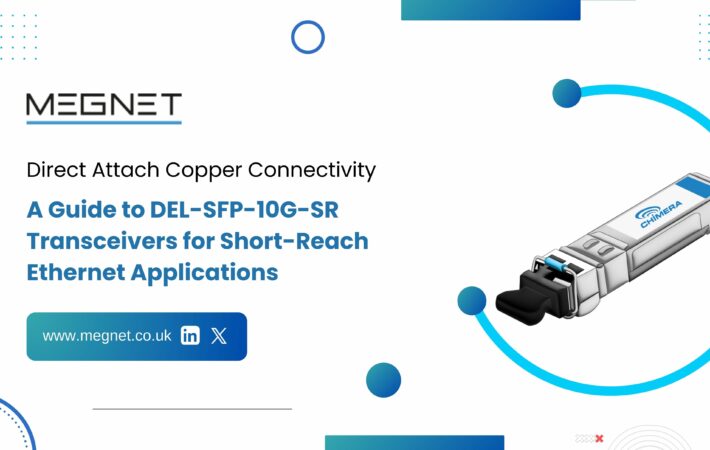


Leave a comment
Your email address will not be published. Required fields are marked *